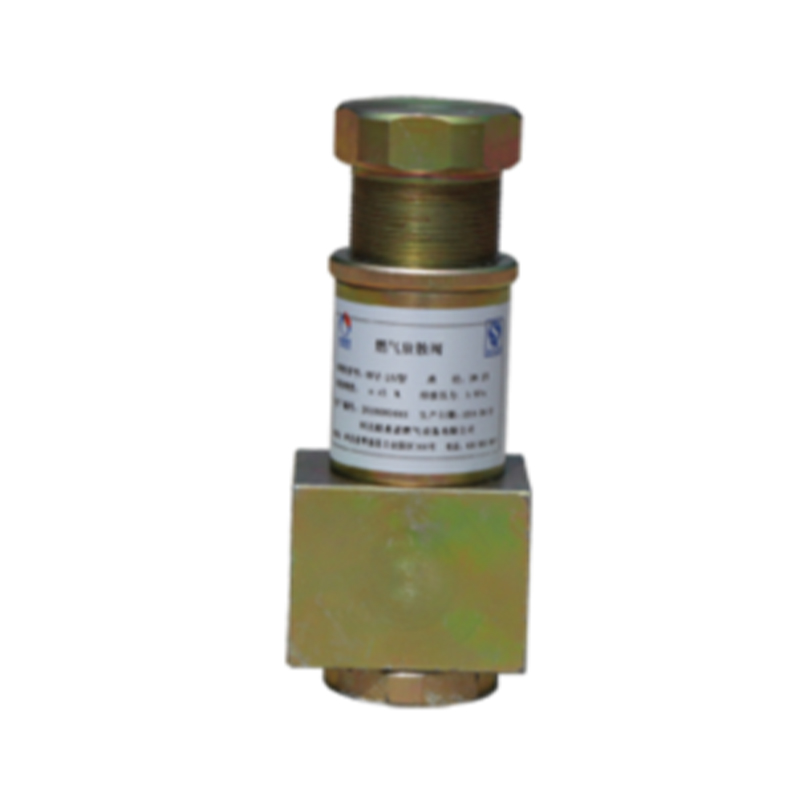
Oct . 13, 2024 21:46
Back to list
Managing Pressure Regulation Efficiently for Optimal Performance and Safety
Understanding Pressure Regulation Devices A Comprehensive Overview
Pressure regulation is a critical aspect in various industries, ensuring safety, efficiency, and optimal performance of systems that rely on fluid dynamics. Devices that assist in maintaining or controlling pressure levels are integral in fields ranging from gas and oil to healthcare and construction. This article delves into the significance, types, and applications of pressure regulation devices, highlighting their role in diverse sectors.
The Importance of Pressure Regulation
In many industrial processes, maintaining desired pressure levels is crucial for ensuring operational safety and efficiency. Pressure regulation devices prevent overpressure situations that can lead to equipment failure, downtime, and hazardous situations. For instance, too much pressure in gas pipelines can result in catastrophic explosions. Conversely, insufficient pressure may lead to equipment underperformance or failure to operate.
Moreover, regulating pressure is vital for fluid transport, heating systems, and even medical devices. In healthcare settings, pressure-regulated oxygen delivery systems are critical for patient safety, allowing for accurate dosing of oxygen to patients with respiratory distress.
Types of Pressure Regulation Devices
1. Pressure Regulators These devices reduce the high inlet pressure to a lower, more manageable level. Commonly used in
.
2. Pressure Relief Valves Designed to release excess pressure from a system automatically, preventing potential damage. These valves are crucial in systems such as boilers, where excessive steam pressure can cause explosions.
مزلقة تنظيم الضغط

3. Back Pressure Regulators These maintain upstream pressure by allowing fluid to flow out when the set pressure exceeds a certain level. They are often used in chemical processes to control reaction conditions.
4. Flow Control Valves Although primarily used to regulate flow, these can also influence pressure within a system, ensuring that pressure remains within specified limits.
Applications Across Industries
- Oil and Gas Industry Pressure regulation is paramount for managing the pressures involved in drilling, extraction, and transportation processes. Regulators and relief valves are widely used to ensure safe operation and prevent environmental hazards.
- Manufacturing In manufacturing plants, maintaining optimal pressure in pneumatic systems ensures smooth operation of machinery. This is critical for maintaining product quality and operational efficiency.
- Healthcare In medical applications, devices such as ventilators and anesthesia machines rely on pressure regulators to ensure patient safety and treatment efficacy. Accurate regulation of gas pressures can mean the difference between effective treatment and complications.
- HVAC Systems Heating, ventilation, and air conditioning systems use pressure regulation to maintain comfort levels and energy efficiency in residential and commercial buildings.
Conclusion
The versatile applications and importance of pressure regulation devices cannot be overstated. From enhancing safety in the oil and gas industry to ensuring the efficacy of medical treatments, these devices play a pivotal role in modern society. As technology advances, the design and functionality of pressure regulation devices continue to evolve, promising even greater safety, efficiency, and innovation across various sectors. Understanding these devices is essential for professionals in all industries that rely on fluid dynamics, and continued advancements will undoubtedly lead to new applications and increased safety standards.
Next:
Latest news
-
Safety Valve Spring-Loaded Design Overpressure ProtectionNewsJul.25,2025
-
Precision Voltage Regulator AC5 Accuracy Grade PerformanceNewsJul.25,2025
-
Natural Gas Pressure Regulating Skid Industrial Pipeline ApplicationsNewsJul.25,2025
-
Natural Gas Filter Stainless Steel Mesh Element DesignNewsJul.25,2025
-
Gas Pressure Regulator Valve Direct-Acting Spring-Loaded DesignNewsJul.25,2025
-
Decompression Equipment Multi-Stage Heat Exchange System DesignNewsJul.25,2025

